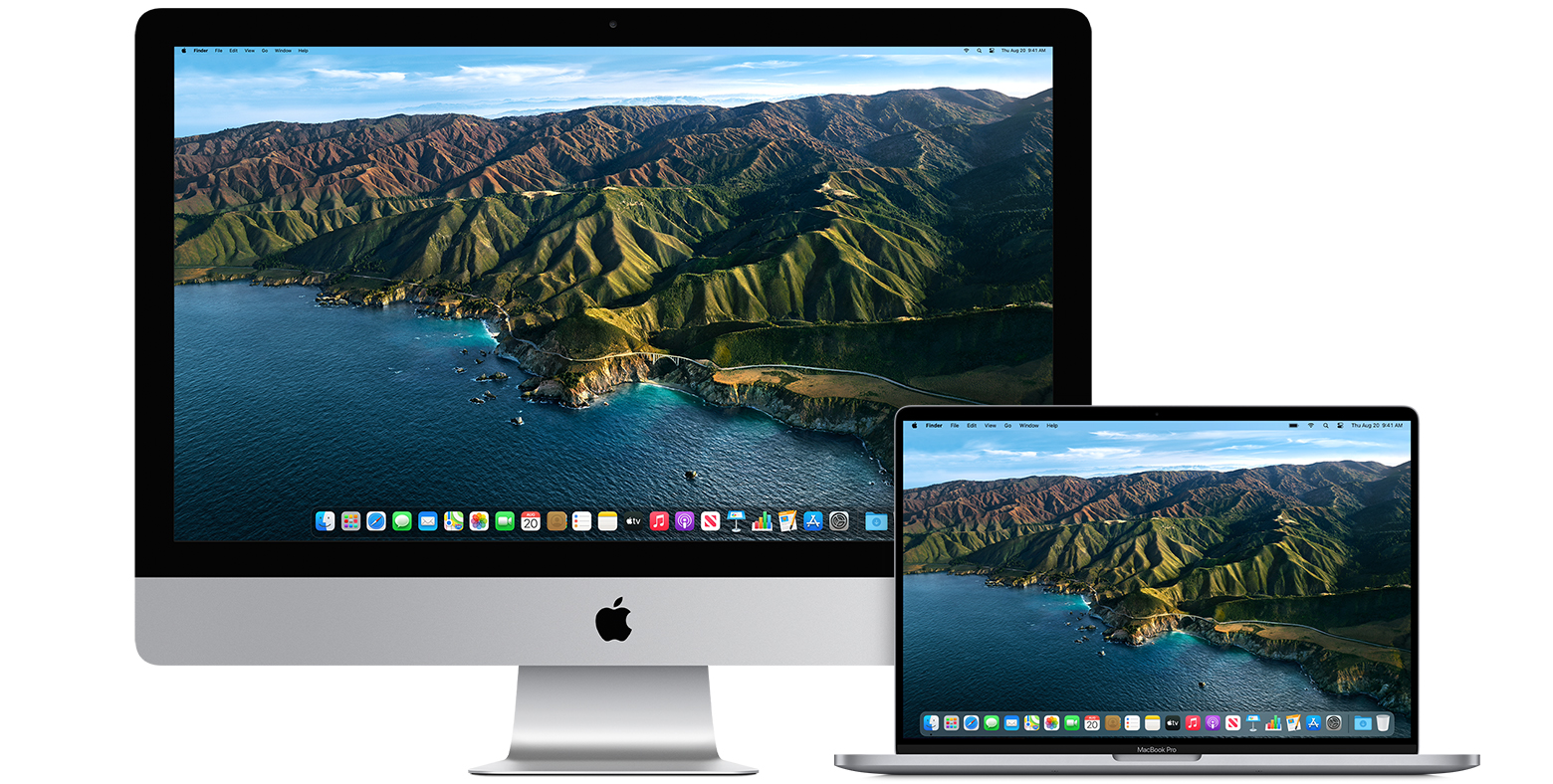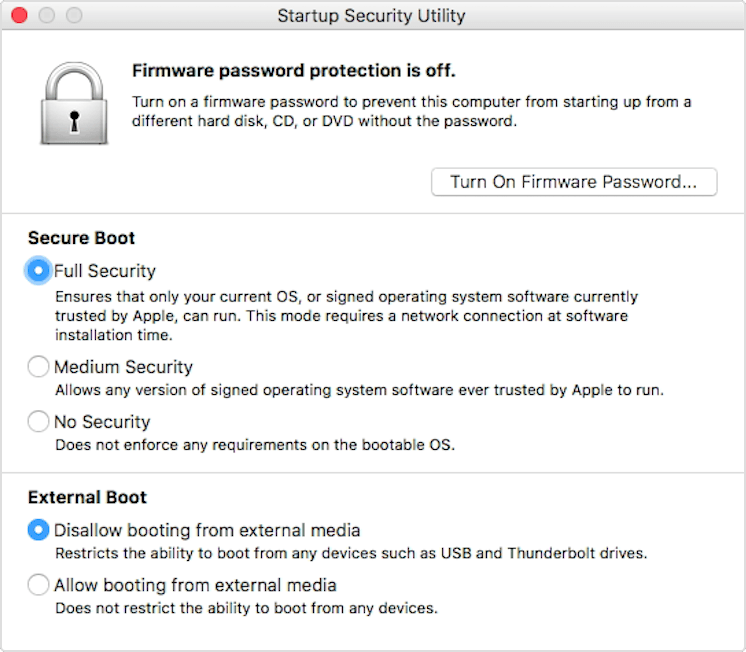

- #System requirements for running sierra on mac mac os#
- #System requirements for running sierra on mac install#
- #System requirements for running sierra on mac upgrade#
- #System requirements for running sierra on mac download#
- #System requirements for running sierra on mac mac#
See the image below. Even if you don’t want to install El Capitan now, at least you have the installer already downloaded for later use. If your computer is not eligible for the download it will let you know.
#System requirements for running sierra on mac download#
It is for this reason we encourage anyone who has a Macintosh made prior to 2010 to download the El Capitan installer now before Sierra is released (and before El Capitan is removed from the App Store). MacBooks and iMacs from 2009 are especially tricky because Apple’s requirements specify “Late 2009.” However, there were several models of MacBook and iMac which were released in “Early 2009” and “Mid 2009” that won’t work. If your computer was made prior to 2010, it probably won’t run Sierra. Note: as an historical point of reference, when Snow Leopard was released in 2009, it left three-year-old Macs behind *Age of supported machines at time of OS release Use the chart below to find out which operating system works on your Mac: Once Apple removes El Capitan from the App Store, people who have those older systems won’t be able to install 10.12 Sierra – their system won’t support it, AND they won’t be able to install 10.11 El Capitan because it will no longer be available as a download. Normally this isn’t a big deal. However, Sierra introduces many new technologies, so for the first time since 2012, Apple has updated the minimum system requirements to run this new OS. As such, there are a number of computers that can currently run El Capitan that won’t be able to run Sierra.
#System requirements for running sierra on mac mac#
Historically, when Apple releases a new OS, they immediately remove the older version from the App Store. What that means to users of older Mac is that when 10.12 Sierra is released, it is very likely Apple will remove 10.11 El Capitan from the Mac App store.
#System requirements for running sierra on mac mac os#
If you do not know who your IT Support Provider is, please use the IT Lookup Toolto locate the appropriate support resource for your department.After the fanfare of the new Apple Watch and iPhone 7, Apple also quietly announced that the next version of Mac OS 10.12 ‘Sierra’ will be officially released on September 20. While this date is important for everyone with the newest Macs as they eagerly await the next version of Mac OS, that date is equally important for people running older computers, but for a completely different reason. Students can contact the Tech Team for assistance with or questions about upgrading their machine to a supported version of macOS.įaculty, Staff, and Employees should contact their IT support unit. Where can I get help with upgrading macOS?
#System requirements for running sierra on mac upgrade#
Once your computer has successfully upgraded to macOS 10.11 you can use the steps above to upgrade to a supported version of macOS. If you are running macOS 10.10 or lower, you will need to upgrade your computer to 10.11 El Capitan first. If your computer does not meet the minimum requirements for Catalina/Big Sur, please try upgrading to macOS 10.14 Mojave instead. To see if your computer can run macOS 11 Big Sure, check Apple’s compatibility info and installation instructions. If you are running macOS 10.11 or newer, you should be able to upgrade to at least macOS 10.15 Catalina.

If you are upgrading from an older version of macOS, you may need to also upgrade some of the applications installed on your computer. The process of upgrading your computer varies depending on which version of macOS is currently installed on your computer.Īs of 10.15 Catalina, macOS does not support 32-bit applications. If this is the case, you will need to replace your current computer with a newer model. If your computer does not meet the minimum requirements for Catalina or Mojave, you will not be able to install a supported version of macOS. If you are running an older OS, you can look at the hardware requirements for the currently supported versions of macOS to see if your computer is capable of running them:

If your computer is running macOS High Sierra 10.13 or older it will need to be upgraded – make a note of your installed macOS version and your computer’s model and year as that information will be helpful when upgrading macOS.

You’ll see the macOS name and version number, such as macOS Catalina 10.15.5 as well as your computer model and year.From the Apple menu in the top left corner of your screen, choose About This Mac.All UVM-owned computers running macOS 10.13 High Sierra or older must be updated or replaced as soon as possible to comply with the University Information Security Policy.


 0 kommentar(er)
0 kommentar(er)
